What is it chronic actinic dermatitis?
Chronic actinic dermatitis is a rare skin condition that mainly affects men over the age of 50. It is characterized by severely itchy, red, inflamed and thickened dry skin, mainly in areas that have been exposed to sunlight or artificial light. The condition is also known as chronic. photosensitivity dermatitis and actinic reticuloid (this name comes from the histological skin findings biopsies that resemble a reticulosis or cutaneous T cell lymphoma)
Chronic actinic dermatitis
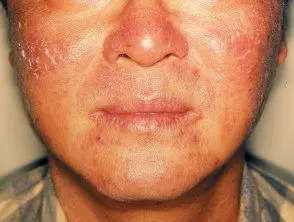
Chronic actinic dermatitis
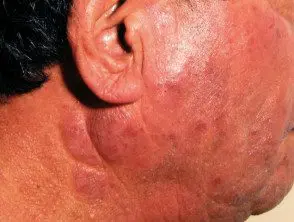
Chronic actinic dermatitis
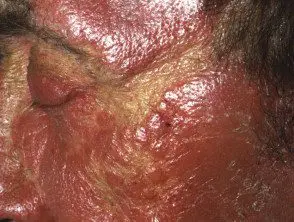
Chronic actinic dermatitis
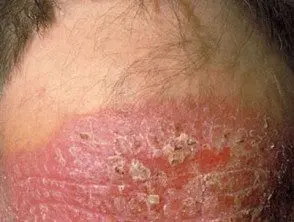
Chronic actinic dermatitis
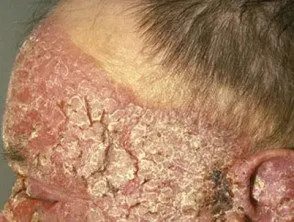
Chronic actinic dermatitis
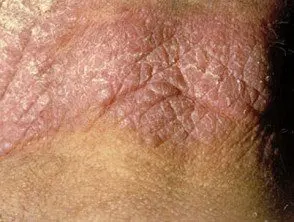
Chronic actinic dermatitis
Who gets chronic actinic dermatitis?
Chronic actinic dermatitis mainly affects middle-aged or elderly men.
In many patients with the condition, there is often a history of other types of dermatitis, including atopic dermatitis, allergic contact dermatitis (especially to plants like chrysanthemum) and photo contact dermatitis for many years before photosensitivity develops. In these cases, it is sometimes called a persistent light reaction.
What are the clinical features of chronic actinic dermatitis?
the eruption can develop in all areas exposed to the sun, with the face, neck and upper chest V-shaped distribution and back of the hands most commonly affected. The lesions are generally red and inflamed with climbing and lichenification (thickened and hardened patches of skin). The rash can be very itchy. The rash can spread to other areas of the body where the skin is covered by clothing.
The rash can be triggered by as little as 30 seconds of exposure to daylight. It is a condition that is often present throughout the year. Patients are at risk even on boring days and through the window glass. Some of them also react to artificial light sources, especially bare fluorescent lamps.
Tests show that chronic actinic dermatitis is due to abnormal reactions to UVB, UVA, and, in severe cases, to visible light.
How is chronic actinic dermatitis diagnosed?
Phototransfer can be used to confirm the diagnosis. This involves specialized tests in which the skin areas are exposed to known amounts of light of specific wavelengths. The reactions that develop confirm the presence of an abnormal reaction to light.
Patch Photo patch tests and tests are also used. Positive patch test reactions found to one or more Allergens It occurs in 75% in patients with chronic actinic dermatitis, fragrance, sunscreens, rosin, and sesquiterpene lactones (found in the diasy plant family).
What is the treatment for chronic actinic dermatitis?
Patients with chronic actinic dermatitis should take steps to avoid sun exposure by following sun protection strategies. In severe cases, the patient may need to be admitted to a dark room in the hospital.
Also, if a contact allergy When involved, the patient should try to avoid the offending substance.
Treatment also includes:
- Emollients
- Current corticosteroids
-
Topical tacrolimus or pimecrolimus cream
In severe cases, oral immunosuppressive treatments may be required. These include:
- Systemic corticosteroids
- Azathioprine
- Cyclosporine
Extremely cautious desensitization with systemic steroid-coated narrowband photochemotherapy (PUVA) or UVB has been successful in some cases.
The condition can resolve spontaneously, sometimes many years after the onset of the disease. For most people, it's a life-long condition that requires significant lifestyle changes to avoid sunlight and contact allergens.

